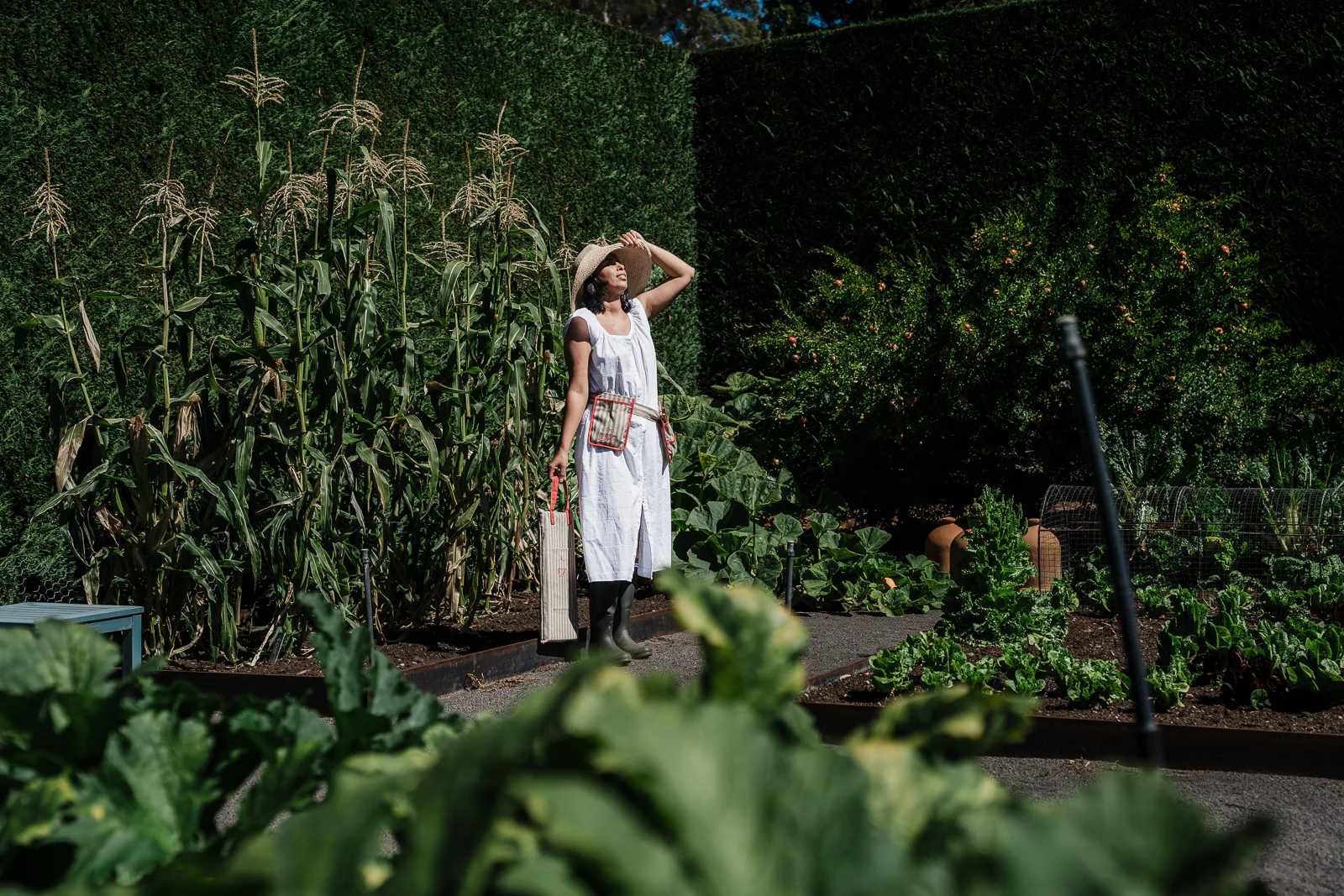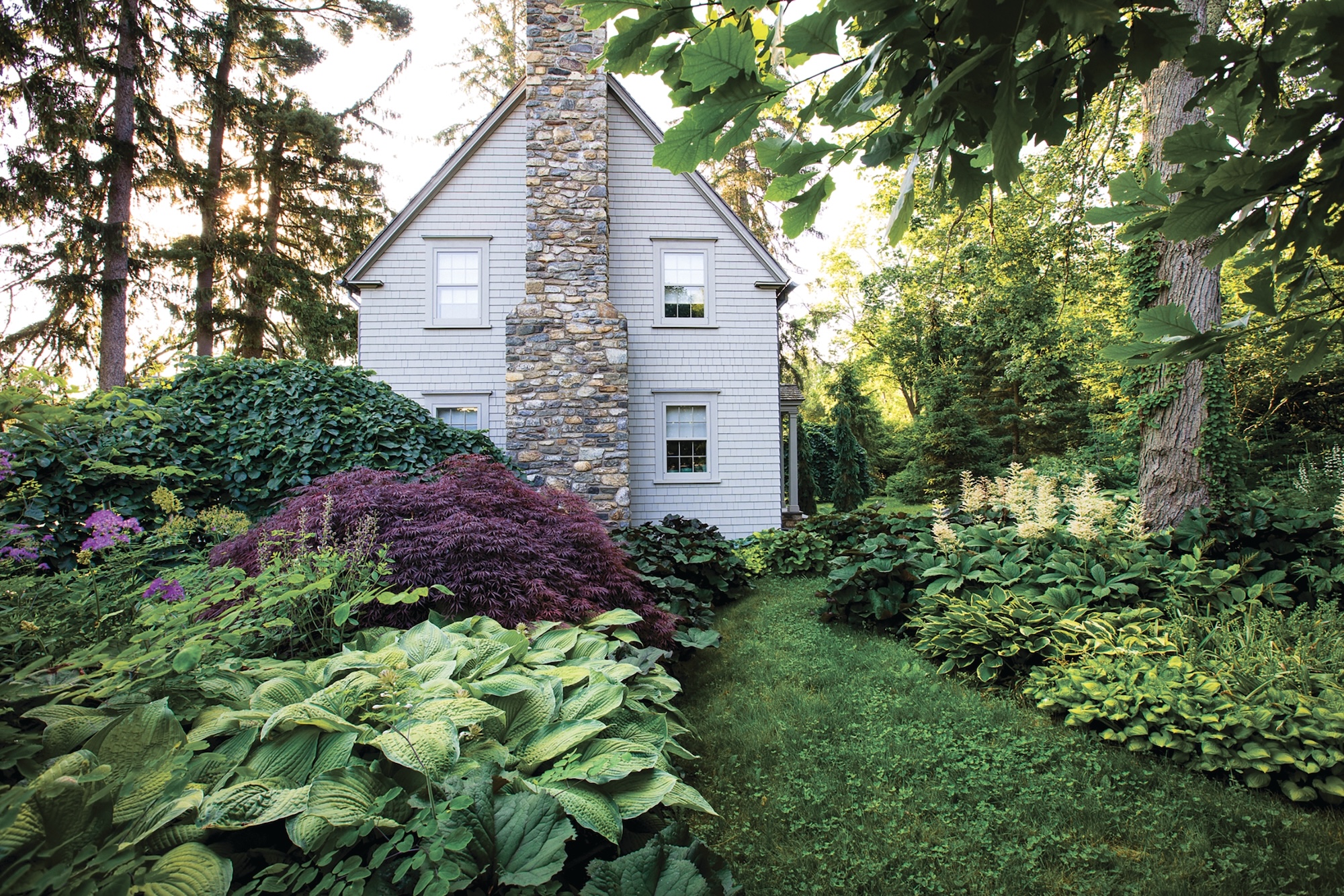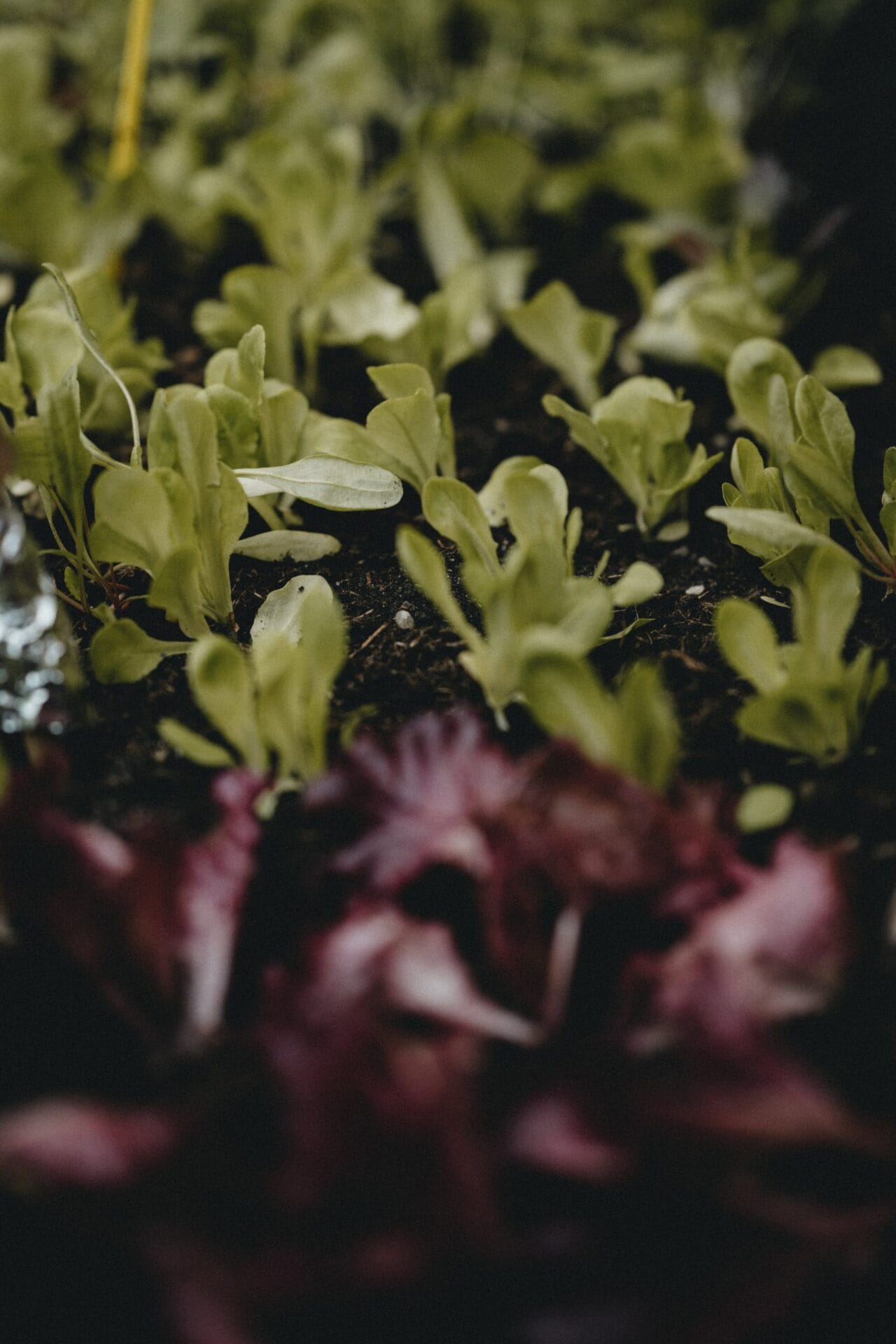The Picky Gardener
Quick tips for pruning berries & brambles, growing winter greens & herbs and winter guides for fruit tree care & pruning.
Written in partnership with Picky.
Sage Journal is teaming up with Picky to bring you a series of fruit tree and edible gardening tips — for anyone who cares (a little or a lot) about what they grow and how they grow it.
We’ll be talking fruit trees, berries, herbs and leafy things. Just solid, seasonal advice — backed by a team that’s (very) picky about the details.
Follow along on social media for weekly advice and juicy tips: #ThePickyGardenerNZ
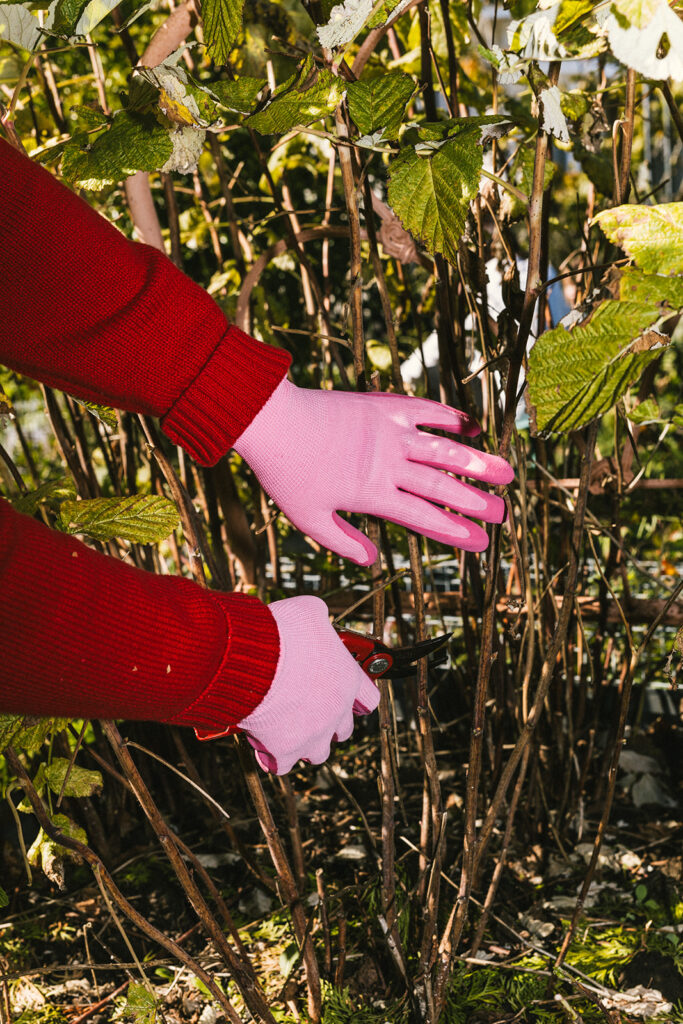

Pruning berries & brambles
It’s time to give your berry patch a once-over. A good prune now sets you up for a juicy harvest next season.
Raspberries
— Summer-fruiting varieties
These varieties grow canes one year and fruit on them the next. After harvest, cut the old grey canes (last season’s fruiters) down to ground level. Leave the newer canes to fruit next season.
— Autumn-fruiting varieties
Nice and simple. Once dormant, cut all canes right back to ground level. Blackberr
Blackberries
Blackberries fruit on two-year-old wood — once they’ve fruited, those canes are done.
— Remove old, weak or dead canes
— Keep the strong new ones (primocanes) and trim their tips to encourage side shoots
— Train them along wires or let them meander like a brambly rollercoaster
Blackcurrants
Blackcurrants crop a little on one-year-old wood, mostly on two-year-old wood. Anything older? That’s firewood.
— Prune out a third of the oldest branches at the base
— Open up the centre for sun and airflow
— Prune away any crossing branches
— Always prune to an outward-facing bud
—
A little tidy up now will make for a bumper berry crop next season.
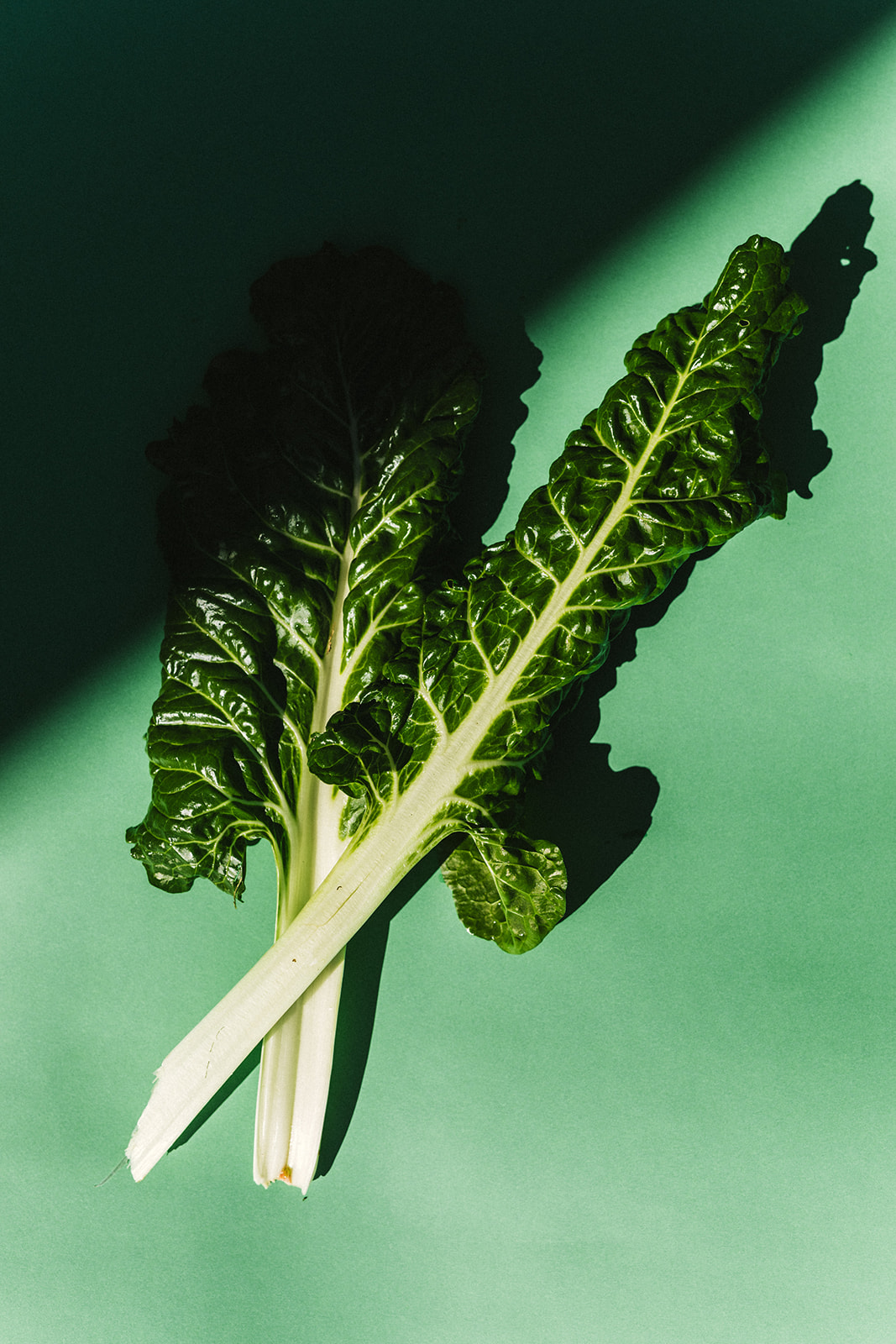
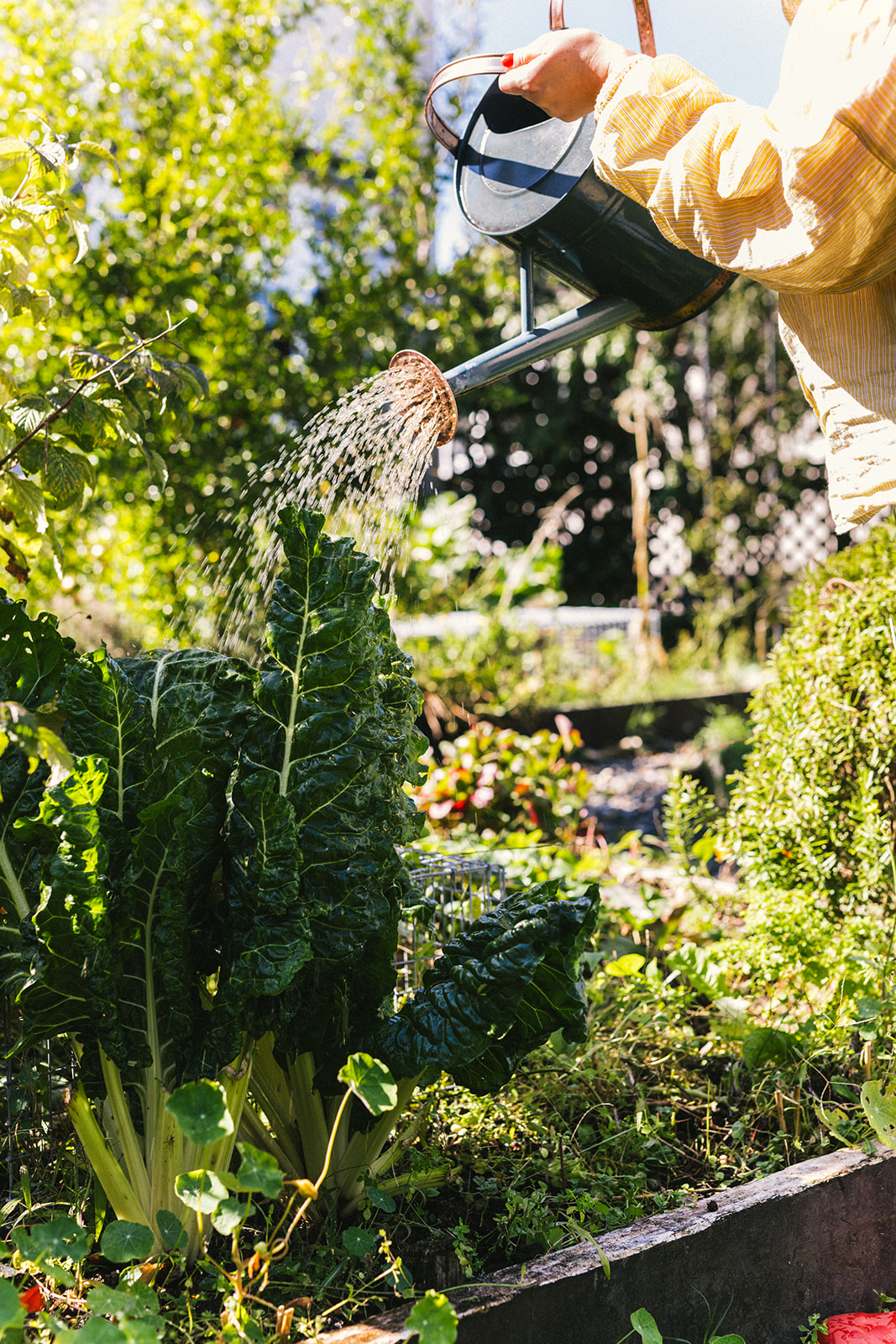
Growing winter greens & herbs
Winter isn’t the end of the garden — it’s just a different kind of harvest.
Get some greens in (if you haven’t already). Choose crops that love the cold and don’t ask for much in return
Quick leafy greens
— Land cress, mizuna, perpetual spinach, silverbeet & rocket.
Fast growing, low maintenance and perfect for pots or under trees.
Hearty leafy greens
— Cavolo nero, kale & pak choi.
Slower growing but tougher & more cold-hardy. Pick the outer leaves often, mulch well and feed every so often with a liquid fertiliser (like seaweed solution).
Hardy herbs
— Coriander, oregano, parsley, rosemary & thyme.
Keep them watered (if rainfall’s low), mulched & picked regularly.
—
Winter growth is slower, but steadier. Plant once, pick for months.
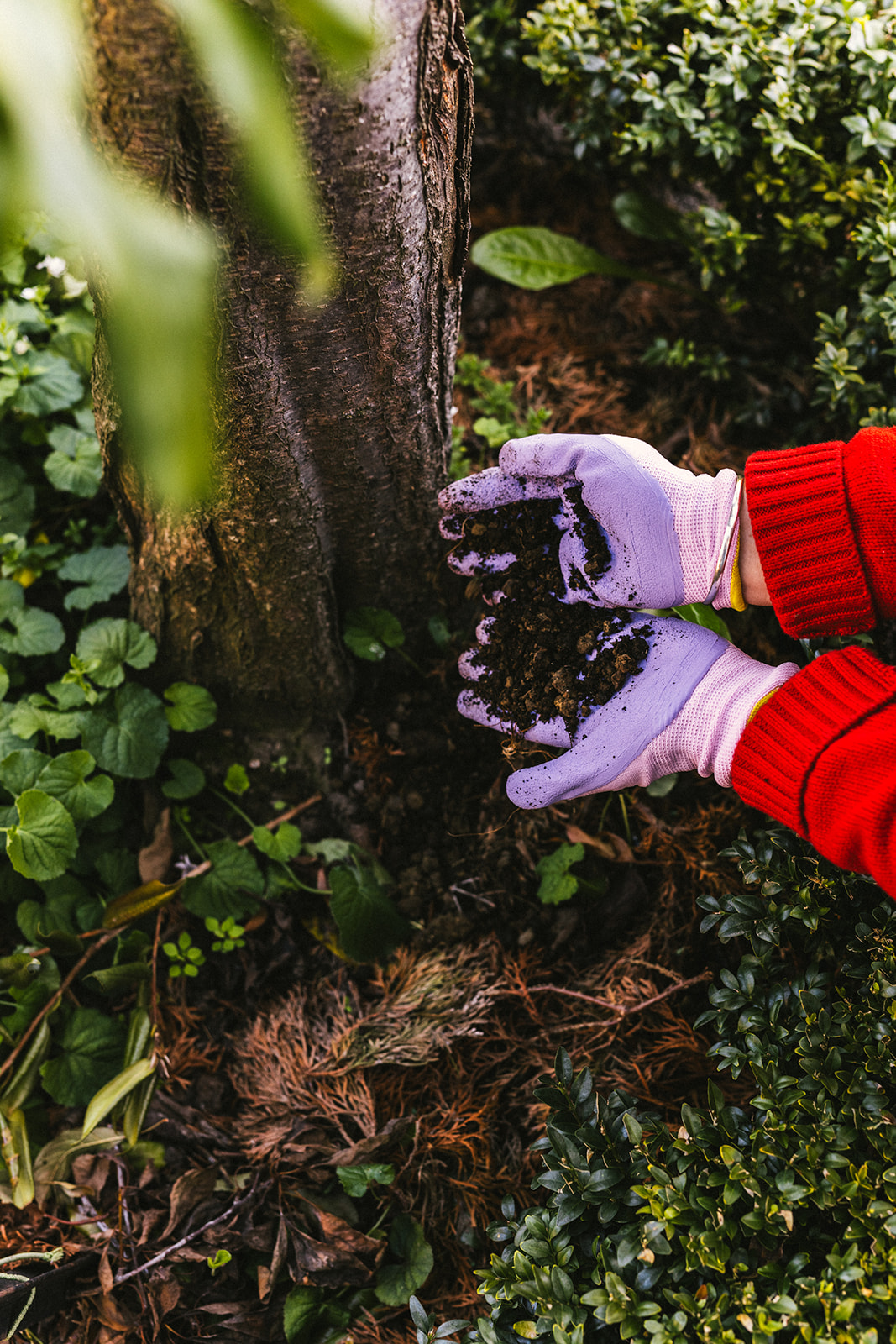
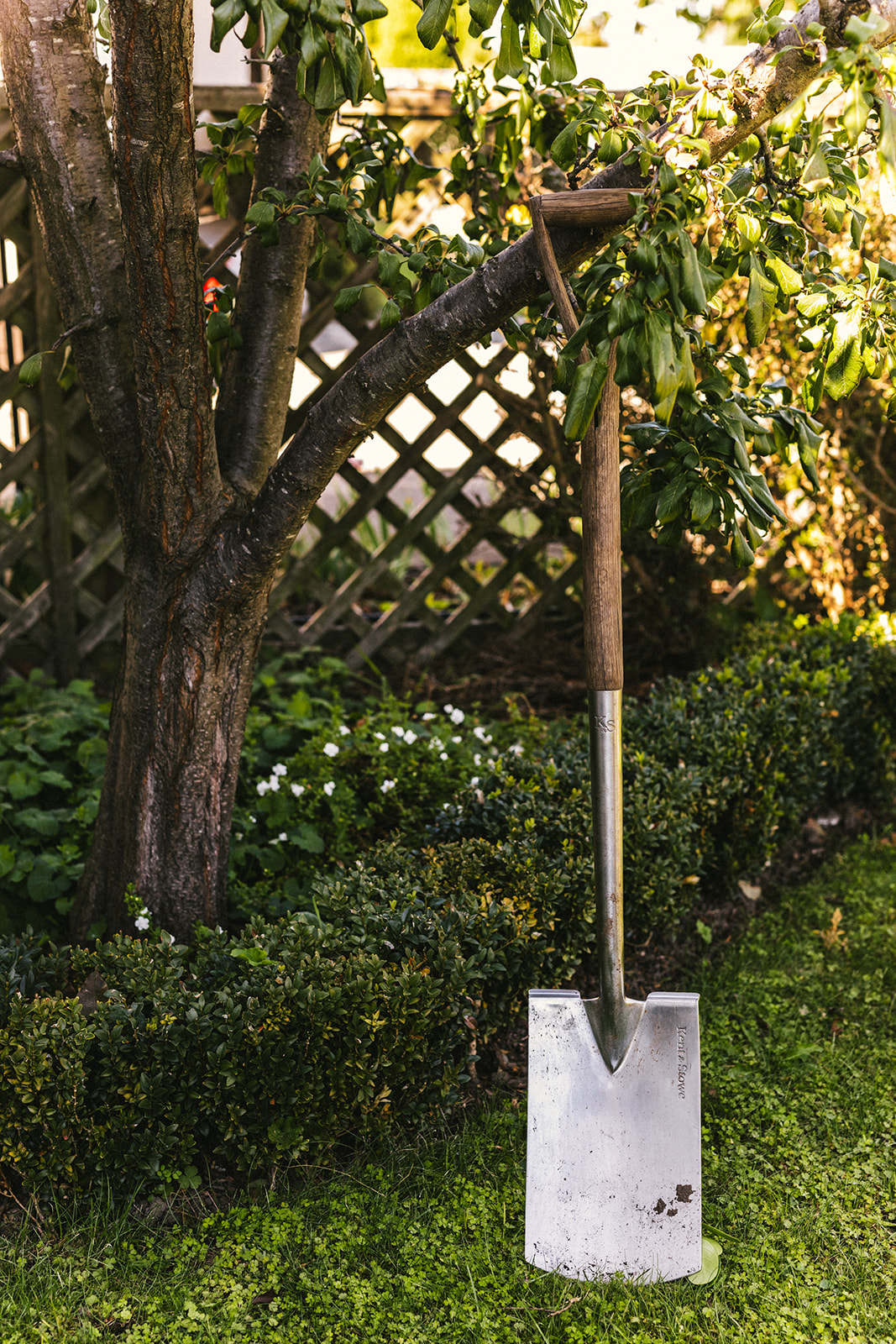
The lazy gardeners’ guide to fruit trees
Fruit trees don’t need you hovering — just the right attention at the right time.
Woody mulch + compost
Pile woody mulch around the base of your trees to keep moisture in, weeds out and fungal life humming beneath the surface. Add a layer of compost or well-rotted manure first to feed the soil as it breaks down.
Underplanting
Plant soil-builders like comfrey, parsley, chicory and dandelion. They cycle nutrients, attract beneficial insects, and do their thing without fuss.
Let the lawn go (a little) wild
Skip the tidy lawn. Let helpful groundcovers — like clover, creeping thyme, wild strawberries or nasturtium — grow under your fruit trees and do their job: supporting fungi, boosting biodiversity and saving you from mowing.
Let the light & air in
Prune trees so sunlight can reach the centre and air can move through the canopy. This reduces disease risk and energises fruit production.
Smart soil sprays
A spritz of compost tea or Effective Microbes (EM) boosts beneficial microbes and builds stronger immunity in your soil and trees. No need to get fancy — just spray and walk away.
—
Low effort, high reward. That’s our kind of gardening.
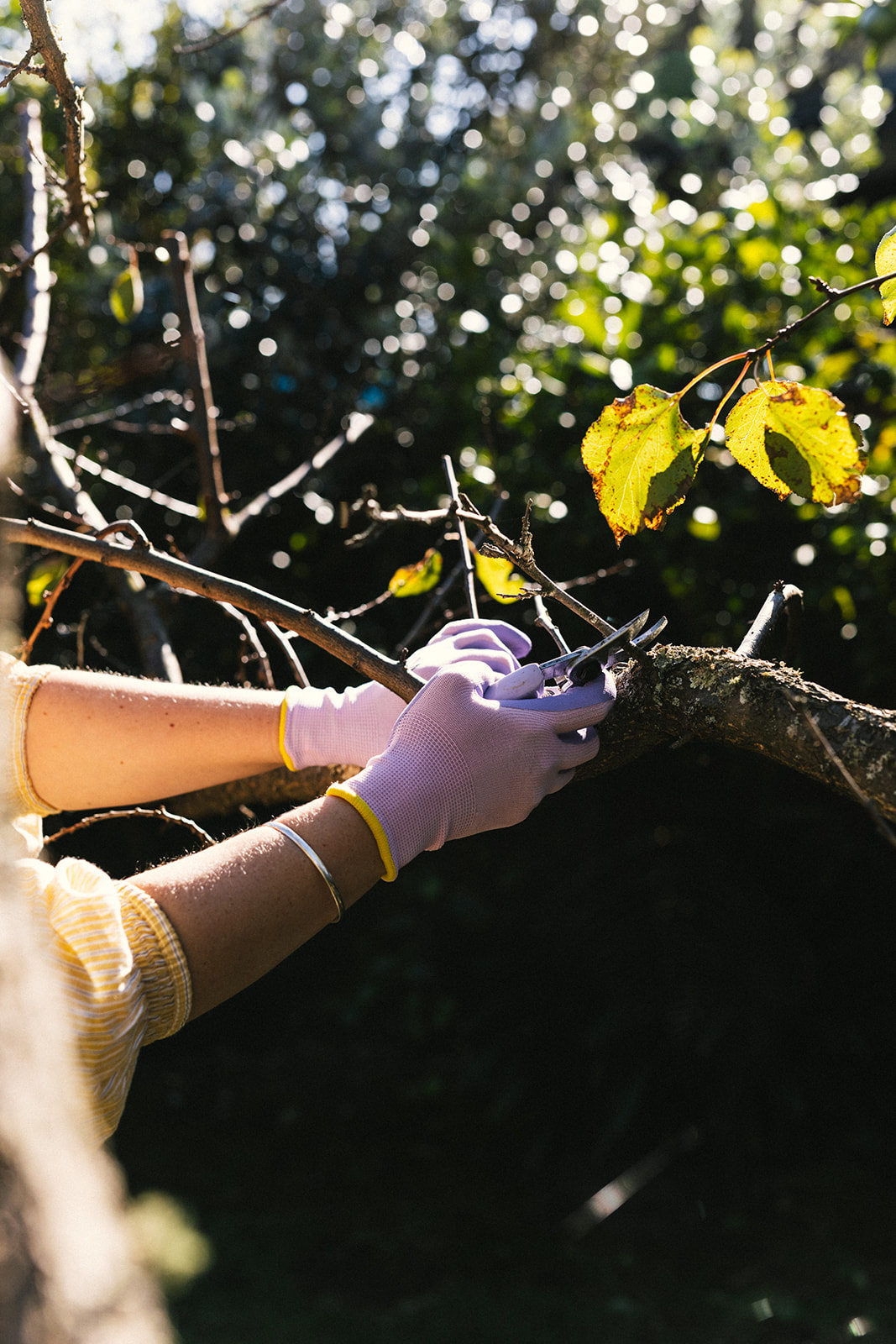
Pruning your fruit trees
The leaves have dropped, the structure is easy to see and your trees are dormant — it’s the perfect time to prune some of our fruit trees.
Late June is prime time to take a wander through the orchard to and make a plan.
Because come July — it’s pruning season.
Here’s who’s ready for a winter trim:
- Apples
- Pears
- Quinces
- Feijoas (if you haven’t already)
- Grapes
- Avocados
- Roses (while you’re at it)
What do to:
— Snip dead, damaged or diseased wood
— Thin congested growth to improve airflow and let in light
— Prune no more than ⅓ of the canopy —stack your cuttings as you go to track how much you’ve removed
— Use sharp, clean tools
— Make a plan & prune with purpose
Note: Some plants don’t like cold cuts
— Stone fruit — best pruned in summer after they fruit
— Citrus — prune after fruiting & once frosts have passed
— Passionfruit — wait until spring
—
Winter pruning sets your trees up for a stronger, more fruitful season. Picky prep that pays off.



